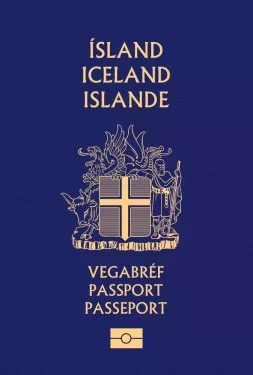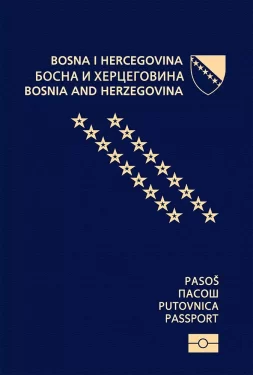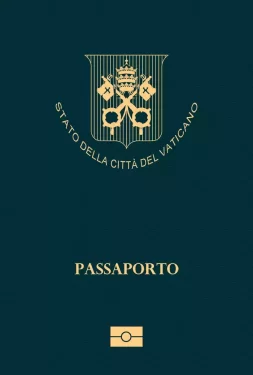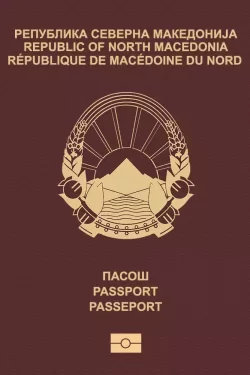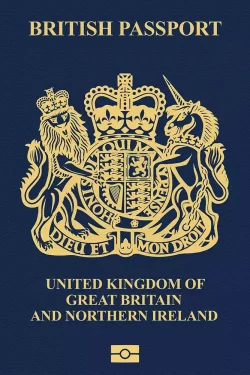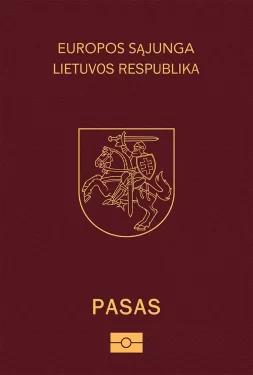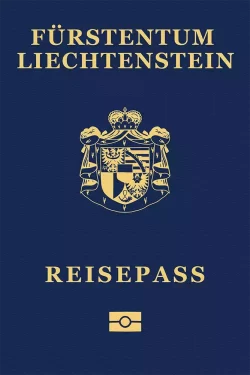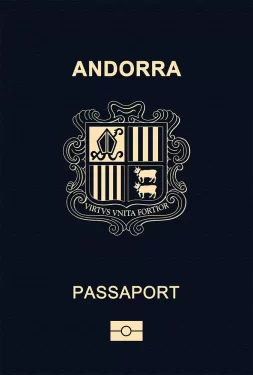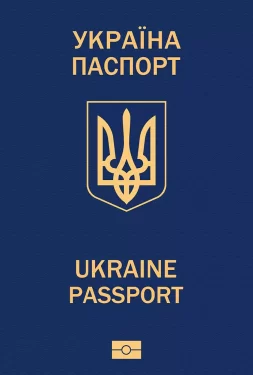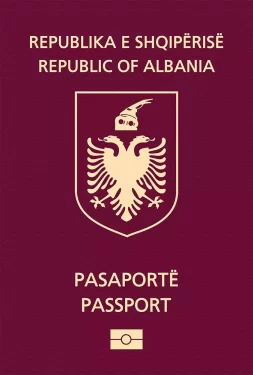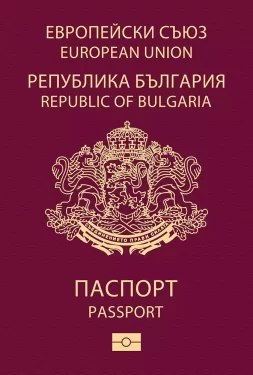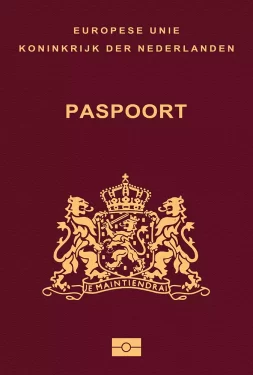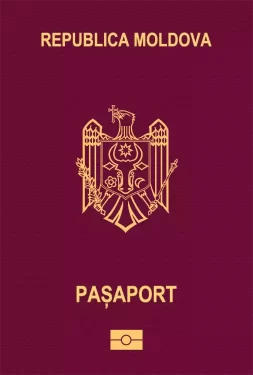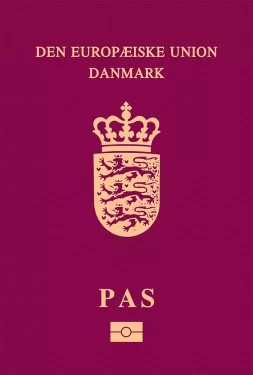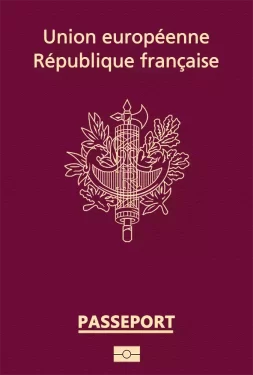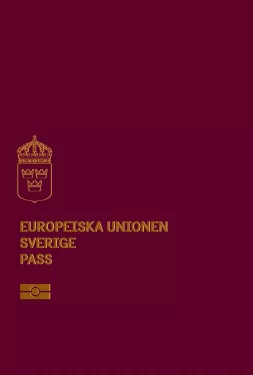
Hungary
Hungary passport ranking
The Hungarian passport is currently ranked 8th place on the Guide Passport Index. It provides visa-free access to 187 countries. With a high mobility score it is one of the best ranking passports in the world. Hungarian passport holders have visa-free access and visas on arrival to countries such as the United Kingdom, United Arab Emirates, Japan and the entire European Union. This allows almost instant travel opportunities worldwide. Hungarian passport holders do however require a visa to enter about 42 destinations in the world. Some countries where a visa is required are China, India and the Russian Federation.
Hungary Passport Ranking
The Hungary passport ranking relative to other global passports is calculated by adding up the number of countries that allow Hungary passport holders to enter without a visa (i.e. visa-free countries) and those that allow Hungary passport holders to enter by obtaining a visa on arrival (i.e. visa-on-arrival countries) or an electronic travel authorization (eTA). There are currently a total of 143 Hungary passport visa-free countries, 32 Hungary visa-on-arrival countries, and 12 eTA destinations.
Altogether, Hungary passport holders can enter a total of 187 destinations—either without a visa, through a visa on arrival, or via an eTA. As a result, the Hungary passport ranks 8 in the world.
Separate from these Hungary visa-free countries and visa-on-arrival countries, there are 42 additional destinations which Hungary passport holders either need a physical visa to enter or an eVisa (i.e. visa required countries).
About Hungary
Hungary consists of 19 counties and is part of the European Union. The most important counties are Budapest, Pest and Borsod-Abaúj-Zemplén. The nation is situated in Central-Eastern Europe, bordering Croatia, Slovenia, Austria, Slovakia, Ukraine, Romania and Serbia. Hungary is the 18th largest country in Europe with a surface area of 93,030 square kilometers. Its climate is European Continental with dry warm summers and cold winters. The terrain is mostly flat with some hills and low mountains close to the Slovakian border.
The overall population is 9.7 million people, making it 13th most populous country in the European Union. The capital of the country is Budapest, which is also the most populated city with 1.7 million inhabitants. It is followed by Debrecen and Szeged. The largest airport is Budapest Ferenc Liszt International Airport (BUD) with 16 million annual passengers. Debrecen International Airport (DEB) is the second biggest airport with 381,000 yearly passengers. Both airports together cover domestic and international routes connecting Hungary to the European Union and the rest of the world.
Hungarian culture is dominated by old folk traditions blended with heritage from the ancient kingdom. There is a multi-religion mix and without any predominant belief. The official language is Hungarian. The legal system is based on the German Civil Legal System. The government type is a parliamentary republic. The chief of state is the elect President Katalin Novák and the head of government is the elected Prime Minister Vitor Orban. Elections are being held ever 4 years.
The official currency is the Hungarian Forint (HUF) with the current exchange rate being HUF 383 to the USD. The country has an open economy, generating a GDP of approximately $350 billion, which puts it on the 22nd spot in Europe. Its citizens have a per capita income of $35,941. The GDP is mostly made up of 2 key sectors, which are services and industry. Some of the most important export products are mining products, construction materials, textiles, wheat and corn.
Hungary has a variety of urban and natural tourism destinations. There are 8 UNESCO world heritage sites in the country. Some of the major destinations include the Buda Castle, the Danube, the Hungarian Parliament Building, the Caves of Lillafüred and Hortobágy National Park. The nation has a total of approximately 61 million tourists visiting every year with the majority originating from Europe and its surrounding countries.
